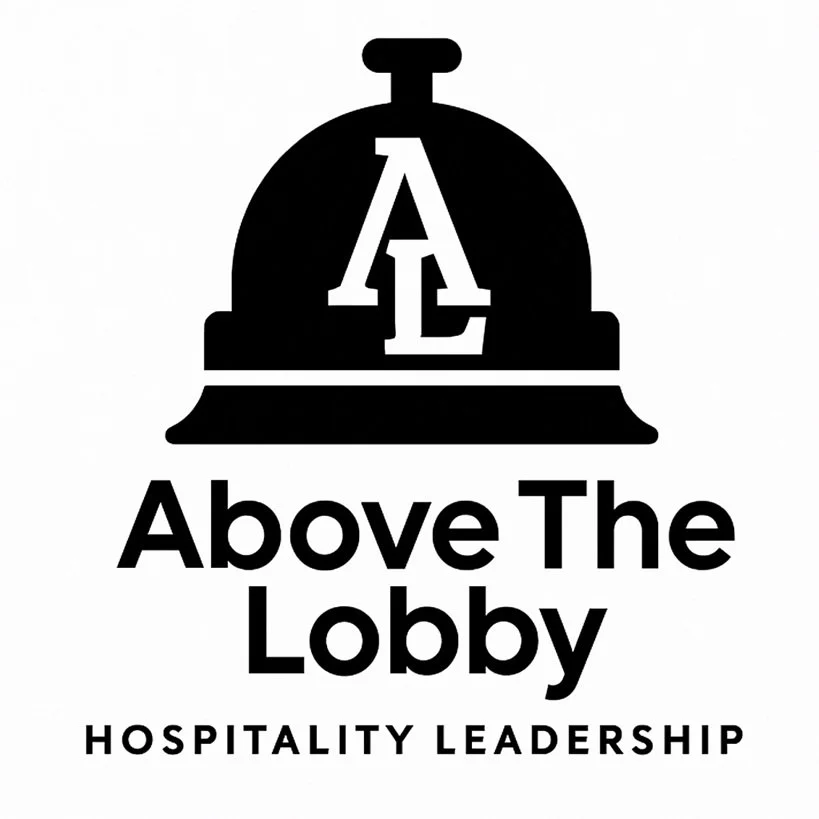Why Some Properties Still Struggle in High-Demand Markets and What RVPs Can Do About It
It’s one of the most frustrating things to watch. The destination is booming. Flights are full. Events are back. The town is sold out. Yet somehow, that one property, the one that should be printing money, is barely hitting the budget.
So, what’s going on?
The temptation is to blame the GM, the market mix, or the rate strategy. Maybe it’s an outdated comp set. Maybe they’re offering too many discounts. But here’s the thing: high demand doesn’t automatically translate to high performance. And if you’re not digging deeper, you’re missing the root cause.
Because a property struggling in a high-demand market isn’t just underperforming. It’s leaking opportunity. And nine times out of ten, it’s not a demand issue. It’s an execution, alignment, or leadership issue.
Let’s break that down.
Sometimes the problem is the wrong leadership style for the market. A transactional GM who excels at cost control might flounder in a fast-paced, high-volume environment that requires creativity, speed, and guest obsession. If they’re focused more on overtime spreadsheets than total revenue capture, you’re leaving money on the table.
Other times it’s a team that’s been running in survival mode too long. High demand doesn’t feel like a gift when your staff is burned out, undertrained, or constantly turning over. Occupancy becomes a burden, not a goal. And guest satisfaction drops right alongside morale.
And let’s not ignore the branding blind spots. Some hotels are operating like it’s still 2018. Photos haven’t been updated. Amenities are mismatched with the rate. Local events aren’t leveraged. Meanwhile, the market has moved on, and travelers expect more than clean sheets and free Wi-Fi.
I once reviewed a hotel in a top-tier market that was sitting at 68 percent occupancy with a 20-dollar ADR gap from comp set averages. The problem wasn’t demand. It was three managers out on leave, a frozen rate strategy, and no one watching group business. On paper, it looked like a mild dip. On site, it was a preventable mess.
So, what can an RVP actually do?
Start by spending real time on property. Not another checklist walk-through. Be present. Be curious. Sit in on stand-up. Talk to the sales coordinator. Watch a front desk shift change. You’ll learn more about the gaps in two hours of shadowing than you will from ten weekly reports.
Then ask better questions. Not just “What’s your strategy for Q3?” Ask, “What’s holding this team back from selling out at a higher rate?” “Where are we overcomplicating the guest experience?” “What’s something you stopped doing that used to work?”
Also, stop measuring success only by how busy the hotel is. Being sold out doesn’t mean you’re maximizing opportunity. Look at the upsell performance. Ancillary revenue. Employee retention. Market share by segment. There’s always more behind the headline number.
Finally, develop the leaders who can keep pace with the market. If your GM was trained in a slow, corporate-heavy model and now finds themselves in a booming destination full of last-minute group demand, wedding business, and influencer-driven travel, they need new tools. Otherwise, they’ll be stuck playing defense in a game that requires offense.
A high-demand market can hide a lot of problems for a while. But eventually the gap shows. And by then, it’s harder to fix.
The market opens the door. But it’s leadership that decides whether you walk through it or watch someone else win on your turf.

